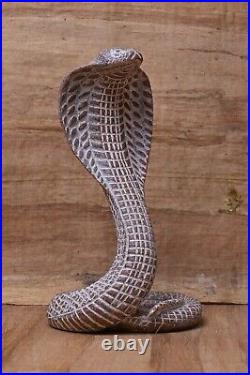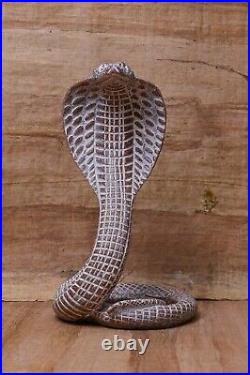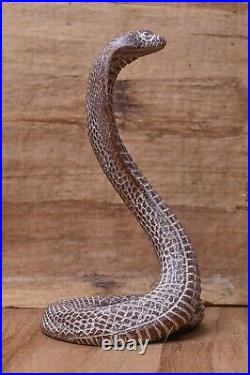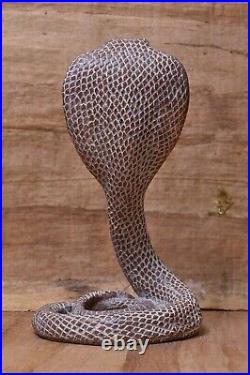




It is our pleasure to provide you with reproductions of Pharaonic inspired by the Ancient Egyptians. None of our products are antiques; they are modern creations inspired by ancient ones. All our pieces are hand, Egypt, including the base materials. Additional details can be confirmed with us directly before placing your order. Please visit our store to check out other items for sale! Thank you for shopping at our store. Wadjet is the pharaonic cobra goddess, known in the Greek world as Uto or Poto, Dujat, Yodjat and Ugo. She was originally the guardian deity of Deep City. It became part of the city that the Egyptians called Bar-Wadget (“House of Wadget”) and the Greeks called Boto (now Desouq), which was an important site in prehistoric Egypt and Paleolithic cultural developments. There was also a pre-wadget in Upper Egypt. It was said that Wadget is the patron and protector of Lower Egypt, and upon unification with Upper Egypt, the joint protector and patron of all Egypt. The image of a wadget with a disk of the sun is called the uraeus, and it was the emblem of the crown of the rulers of Lower Egypt. She was also the protector of kings and women in childbirth. Widget was said to be the nurse of the infant god Horus. With the help of his mother Isis, they protect Horus from his treacherous uncle, Set, when they take refuge in the swamps of the Nile Delta. Wadjet was closely associated in ancient Egyptian religion with the Eye of Ra, a powerful guardian deity. The hieroglyph for her eye is shown below; Sometimes the two appear in religious images. Bar-Wadget also contained the sanctuary of Horus, the son of the sun god who would be interpreted as representing the king. Much later, Wadget became associated with Isis as well as with many other deities. In the relief shown at right, on the wall of the mortuary temple of Hatshepsut in Luxor, there are two figures of Wadit: one in the form of a uraeus with her head through an ankh and another where Horus precedes a falcon wearing the double crown, representing the king who protects her.